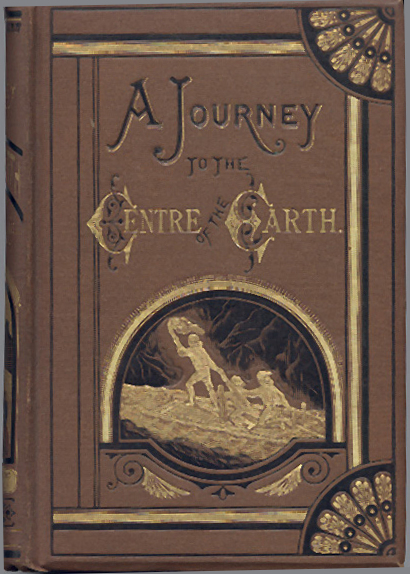Archetypal literary criticism is a type of critical theory that interprets a text by focusing on recurring myths and archetypes (from the Greek archē, or beginning, and typos, or imprint) in the narrative, symbols, images, and character types in a literary work. As a form of literary criticism, it dates back to 1934 when Maud Bodkin published Archetypal Patterns in Poetry.
(courtesy of: http://en.wikipedia.org/wiki/Archetypal_literary_criticism)
The Story:
 |
| courtesy of: http://upload.wikimedia.org/wikipedia/commons/6/67/A_Journey_to_the_Centre_of_the_Earth-1874.jpg |
The story involves a German professor (Otto Lidenbrock in the original French, Professor Von Hardwigg in the most common English translation) who believes there are volcanic tubes going toward the centre of the Earth. He, his nephew Axel (Harry), and their guide Hans descend into an extinct Icelandic volcano, encountering many adventures, including prehistoric animals and natural hazards, before eventually coming to the surface again in southern Italy.
(courtesy of: http://en.wikipedia.org/wiki/A_Journey_to_the_Centre_of_the_Earth)
The Criticism:
"A Journey to the Centre of the Earth" falls under Archetypal Criticism because it observes many science-fiction archetypes. A person who believes in an assumption previously disregarded and helmed as a fallacy tries to prove its authenticity, usually with a partner or a friend, and ends up discovering the truth and embarking on an adventure to return home or survive. In this case, the adventure is spiced up by increasingly astounding discoveries and exceedingly alarming dangers that they encounter every step of the way to return to the surface.
No comments:
Post a Comment